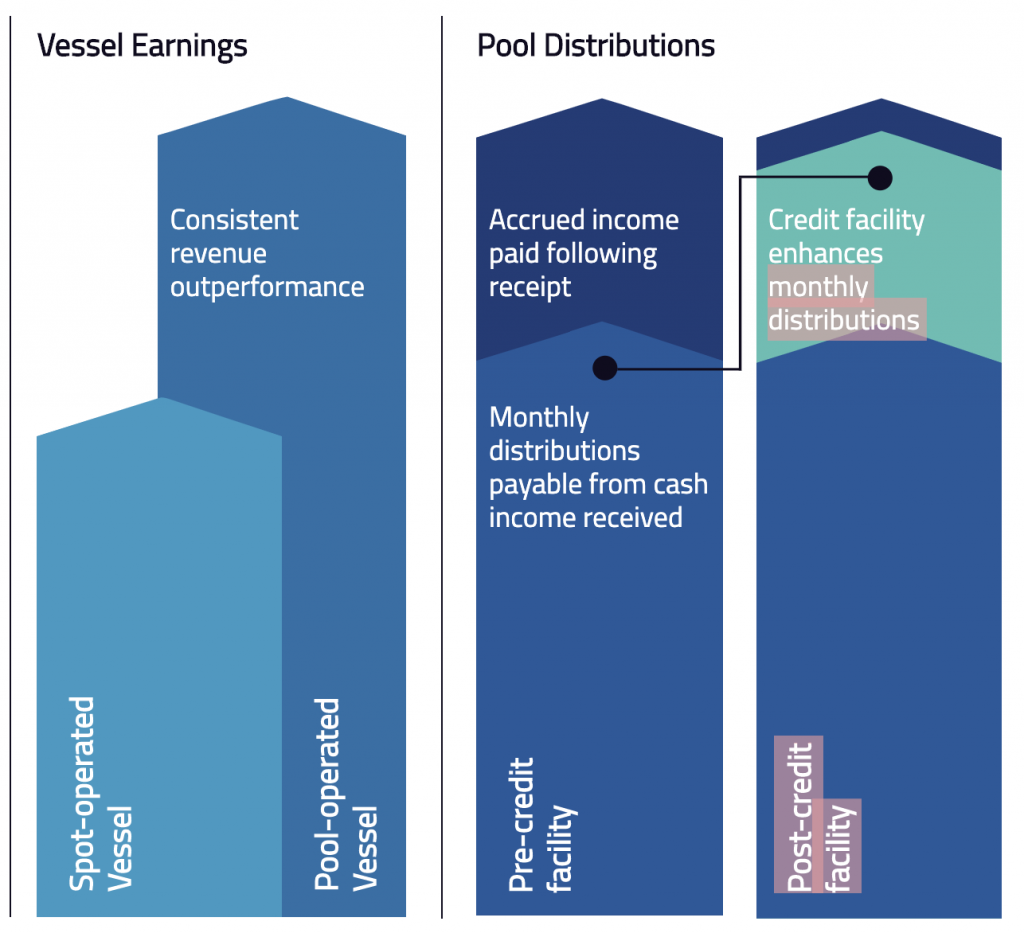The approach banks have taken to revenue growth in the past has largely been focused on becoming the single banking provider of all products for their customers. More recently however, with the introduction of schemes such as the Current Account Switch Service, the rise of challenger banks and the acceleration of Open Banking, this traditional approach is becoming increasingly unworkable. In the UK and Ireland, where I lead Accenture’s banking practice, we are seeing banks starting to explore new options to maximise revenue growth.
So how should traditional banks approach this? Whilst thinking about it, I recently read the outputs of an in-depth research study of C-Level banking executives conducted by my colleagues in our Customer Insight and Growth practice. I was particularly interested by the finding that banks who stick to traditional business models are slowing in growth, compared to digital disruptors such as fintechs or GAFA (Google, Amazon, Facebook and Apple).
“Banking as a Living Business”
That said, I don’t think it’s all bad news for traditional banks. Despite today’s low-growth environment, the research also shows that established banks who innovate can still pull away from the pack by shifting their behaviours and approach. These behaviours are summarised as Banking as a Living Business.
What does this mean? In a nutshell, the concept encourages banks to be hyper-relevant to their customers, offering a deeply personalized “me-centred” experience wherever, whenever and however the customer wants. Internally, this demands agile ways of working to ensure the bank can evolve and adapt quickly to ever-changing customer expectations.
It’s an idea that certainly resonates with banking leaders: 71 percent of study respondents believe this type of business reinvention is necessary if they’re to succeed in today’s environment. So, what should banks do to harness technical innovation and optimise the customer experience? And how can they position themselves to engage and retain their customers and ultimately drive growth?
Steps to take
We already see banks focusing on becoming a trusted financial services advisor. This means meeting customer expectations with market-leading offerings and building trust across all contact points and channels. Once they have become a leader in customer experience with a core product set, the next step is to build out the ecosystem. In the digital age, banks can’t succeed as standalone service providers. Instead, they must learn to collaborate with the wider industry and think beyond traditional banking experiences.
As an example, over and above being a mortgage provider, a bank should look to support its customers’ “life moments” around the transaction. Moving to a bigger house to bring up a growing family involves a huge array of journey touchpoints, far beyond the initial mortgage application—and many of these provide additional revenue opportunities for banks. Spanish bank BBVA’s Valora View, for example, is an augmented reality tool for homebuyers which uses Big Data analytics to provide practical information to customers, from the market value of homes for sale locally, to advice on furnishings and associated credit options. Outside of house-buying, DBS Bank in Singapore has launched a car marketplace through a joint venture with existing car sales organisations sgCarMart and Carro. They now provide an end-to-end customer journey for car sellers or buyers, with the added bonus of free paperwork and a budget calculator estimating loans.

Banks should become hyper-relevant—offering the right customer interaction, at the right time, through the right channel and with the right tone.
In both of these examples, it’s easy to see how the customer benefits from a more seamless and efficient experience, whilst the bank produces increased opportunities for revenue generation and enhances customer retention.
The model can be taken a step further through integration with GAFA, elevating hyper-relevance to customers. Rather than setting up their own ecosystem, banks can join established digital ecosystems, enabling users to access their services in real time, while using other platforms during buying decisions. One example of this is Iwoca, a fintech that has partnered with Amazon to provide loans to small businesses in the Amazon Marketplace—a model it has also rolled out to other online retailers. On a larger scale, Goldman Sachs has partnered with Apple and Mastercard to set up the Apple Card, a credit card optimised for Apple Pay transactions with customer service provided by Apple. Of course, this transition to a more open and agile organisation, selling digital services through APIs and sharing intellectual property, must be coupled with a cultural shift to drive real and long-lasting value.




